Neutral Colors
Neutral colors are a classic choice for living room colors. They provide a versatile and timeless look, making them perfect for any style and décor. Some popular neutral colors include beige, gray, and white. These colors create a calming and relaxing atmosphere, making them ideal for a living room where you want to unwind and entertain guests.
Warm Colors
If you want to add warmth and coziness to your living room, consider using warm colors such as red, orange, and yellow. These colors can make a space feel inviting and welcoming, perfect for a gathering area like a living room. However, be careful not to overdo it as too much warm color can be overwhelming. Consider using warm colors as accents or in combination with neutral colors for a balanced look.
Cool Colors
Cool colors like blue, green, and purple can create a soothing and tranquil atmosphere in a living room. These colors are often associated with nature and can bring a sense of serenity to a space. They also work well in rooms with a lot of natural light, creating a refreshing and airy feel. You can use cool colors as the main color scheme or as accents to add a pop of color.
Earth Tones
Earth tones are colors inspired by nature, such as browns, greens, and ochres. These colors can bring a warm and inviting feel to a living room, making it feel cozy and grounded. They also work well with natural materials like wood, stone, and plants, creating a harmonious and organic look. Consider using earth tones for a rustic or bohemian style living room.
Monochromatic Color Scheme
A monochromatic color scheme involves using different shades and tints of the same color in a room. This creates a harmonious and cohesive look, perfect for a minimalist or modern living room. It also allows you to play with different textures and patterns without overwhelming the space. Consider using a monochromatic color scheme in a smaller living room to make it feel more spacious.
Complementary Color Scheme
A complementary color scheme involves using colors that are opposite each other on the color wheel, such as blue and orange or red and green. This creates a bold and dynamic look, making it perfect for a contemporary or eclectic living room. However, be careful not to use too many complementary colors as it can create a chaotic and overwhelming feel.
Analogous Color Scheme
An analogous color scheme involves using colors that are next to each other on the color wheel, such as blue and green or red and orange. This creates a harmonious and soothing look, making it suitable for a traditional or coastal living room. Analogous colors work well together and can create a sense of flow and continuity in a space.
Triadic Color Scheme
A triadic color scheme involves using three colors that are evenly spaced on the color wheel, such as red, yellow, and blue. This creates a vibrant and energetic look, perfect for a playful or bohemian living room. To avoid a clash of colors, choose one dominant color and use the other two as accents.
Tetradic Color Scheme
A tetradic color scheme involves using four colors that are evenly spaced on the color wheel, such as blue, green, red, and yellow. This creates a bold and daring look, perfect for a global or eclectic living room. It's essential to balance the colors and use one as the dominant color while using the others as accents to avoid overwhelming the space.
Split-Complementary Color Scheme
A split-complementary color scheme involves using a color and the two colors next to its complementary color, such as blue, orange, and yellow. This creates a unique and balanced look, perfect for a modern or contemporary living room. This color scheme allows you to combine warm and cool colors, creating a visually interesting and dynamic space.
The Importance of Choosing the Perfect Living Room Colors

Creating a Harmonious and Inviting Space
/Neutrallivingroom-GettyImages-568518365-5a6260a87d4be80036ac6b0c.jpg) When it comes to designing your living room,
color
is one of the most important elements to consider. Not only does it set the overall tone and mood of the space, but it also has a significant impact on how you and your guests feel when spending time in the room. The
perfect living room colors
can create a harmonious and inviting atmosphere that reflects your personal style and makes everyone feel at ease.
When it comes to designing your living room,
color
is one of the most important elements to consider. Not only does it set the overall tone and mood of the space, but it also has a significant impact on how you and your guests feel when spending time in the room. The
perfect living room colors
can create a harmonious and inviting atmosphere that reflects your personal style and makes everyone feel at ease.
Choosing the Right Color Palette
 The first step in choosing the
perfect living room colors
is to decide on a color palette. This involves selecting a primary color and accent colors that work well together. It's important to consider the natural light in your living room and how it may affect the colors you choose.
Neutral colors
such as white, beige, and gray are versatile and can create a calming atmosphere, while
bold colors
like red, blue, and green can add a pop of personality and energy to the space.
The first step in choosing the
perfect living room colors
is to decide on a color palette. This involves selecting a primary color and accent colors that work well together. It's important to consider the natural light in your living room and how it may affect the colors you choose.
Neutral colors
such as white, beige, and gray are versatile and can create a calming atmosphere, while
bold colors
like red, blue, and green can add a pop of personality and energy to the space.
Creating Balance and Contrast
 Another important factor to consider is creating balance and contrast in your living room. This can be achieved by incorporating
complementary colors
into your color palette. These are colors that are opposite each other on the
color wheel
and create a dynamic and eye-catching look when used together. For example, pairing a warm color like yellow with a cool color like blue can create a visually appealing contrast.
Another important factor to consider is creating balance and contrast in your living room. This can be achieved by incorporating
complementary colors
into your color palette. These are colors that are opposite each other on the
color wheel
and create a dynamic and eye-catching look when used together. For example, pairing a warm color like yellow with a cool color like blue can create a visually appealing contrast.
Considering the Function of the Room
 When choosing the
perfect living room colors
, it's also important to consider the function of the room. Is it a space for entertaining guests or a cozy spot for relaxation? If it's a multi-functional room, you may want to use a combination of colors that can easily transition between different activities. For a more formal living room,
warm and muted colors
can create an elegant and sophisticated atmosphere, while
bright and vibrant colors
can be more suitable for a casual and fun space.
When choosing the
perfect living room colors
, it's also important to consider the function of the room. Is it a space for entertaining guests or a cozy spot for relaxation? If it's a multi-functional room, you may want to use a combination of colors that can easily transition between different activities. For a more formal living room,
warm and muted colors
can create an elegant and sophisticated atmosphere, while
bright and vibrant colors
can be more suitable for a casual and fun space.
Bringing it All Together
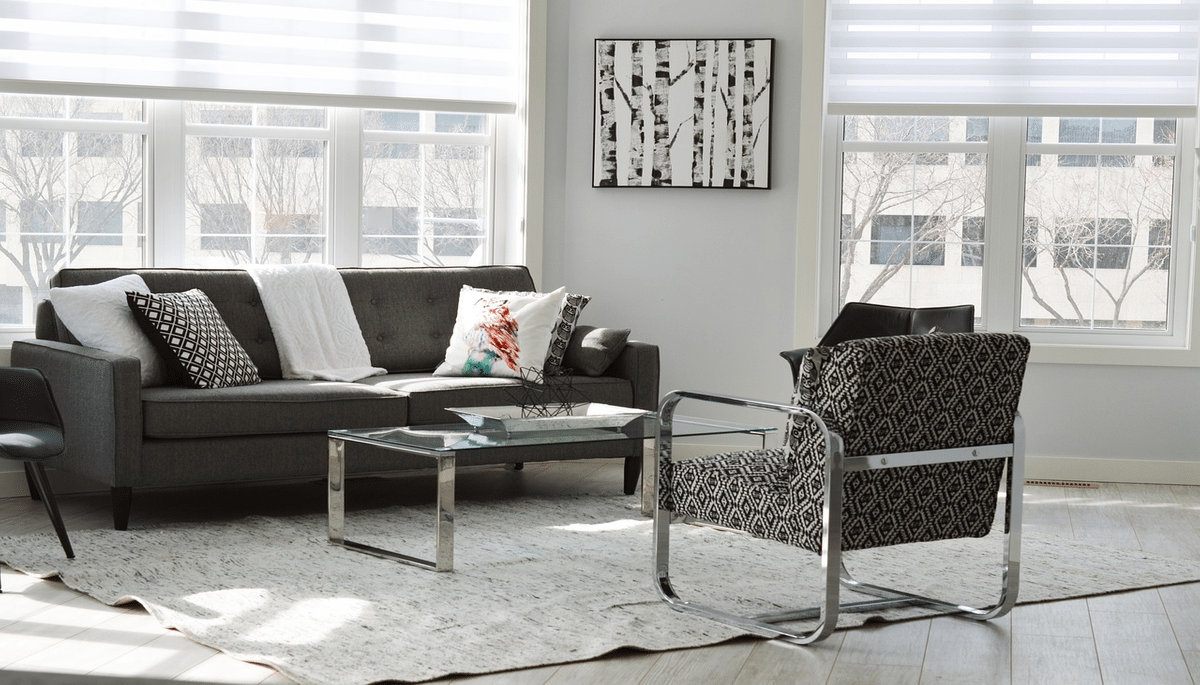 In conclusion, the
perfect living room colors
can create a cohesive and inviting space that reflects your personal style and meets the needs of your household. By carefully selecting a color palette, creating balance and contrast, and considering the function of the room, you can create a living room that is both visually appealing and functional. So take your time, experiment with different colors, and have fun creating the living room of your dreams.
In conclusion, the
perfect living room colors
can create a cohesive and inviting space that reflects your personal style and meets the needs of your household. By carefully selecting a color palette, creating balance and contrast, and considering the function of the room, you can create a living room that is both visually appealing and functional. So take your time, experiment with different colors, and have fun creating the living room of your dreams.



:max_bytes(150000):strip_icc()/what-is-a-neutral-color-1973822-03-3fab8b5a361d49638d3de1cbaf579a22.jpg)
/Lee-Edwards-Getty-Images-56a5ae653df78cf7728968ec.jpg)

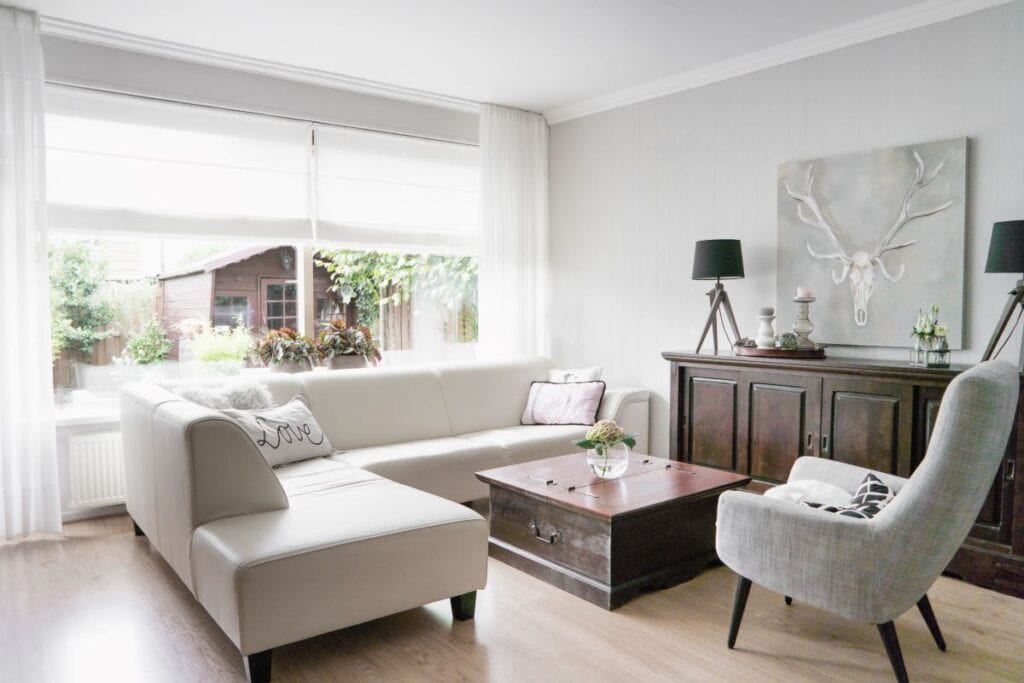
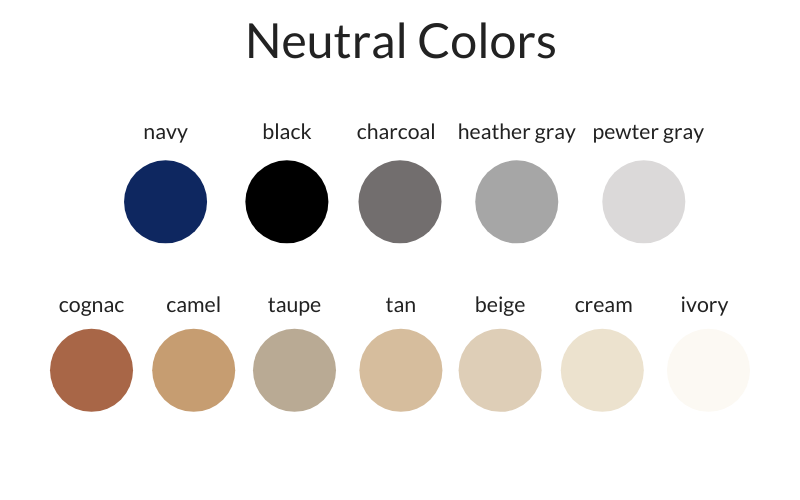

/clark_Kensington_neutrals-57db7f2e5f9b5865164b7baa.png)


























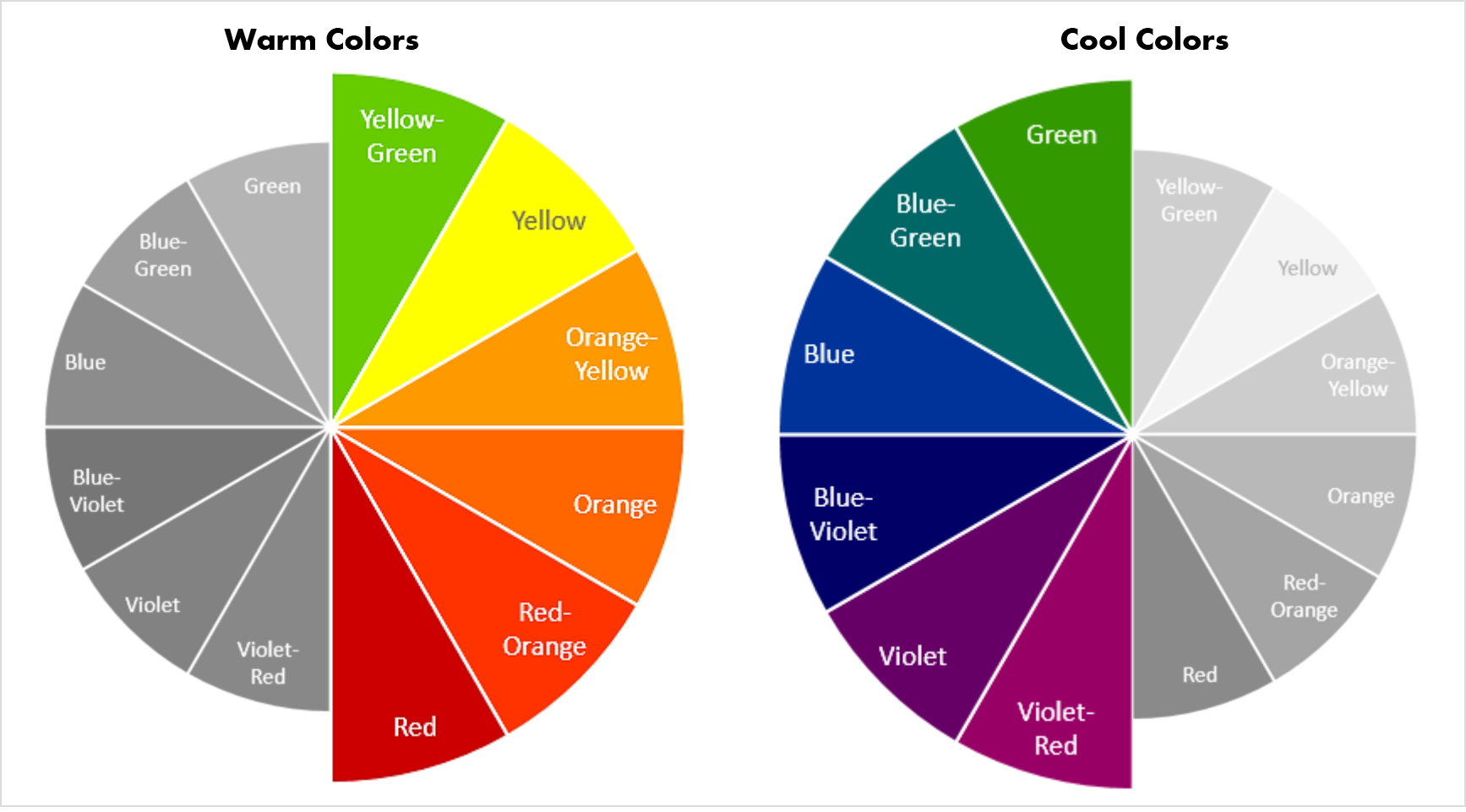

































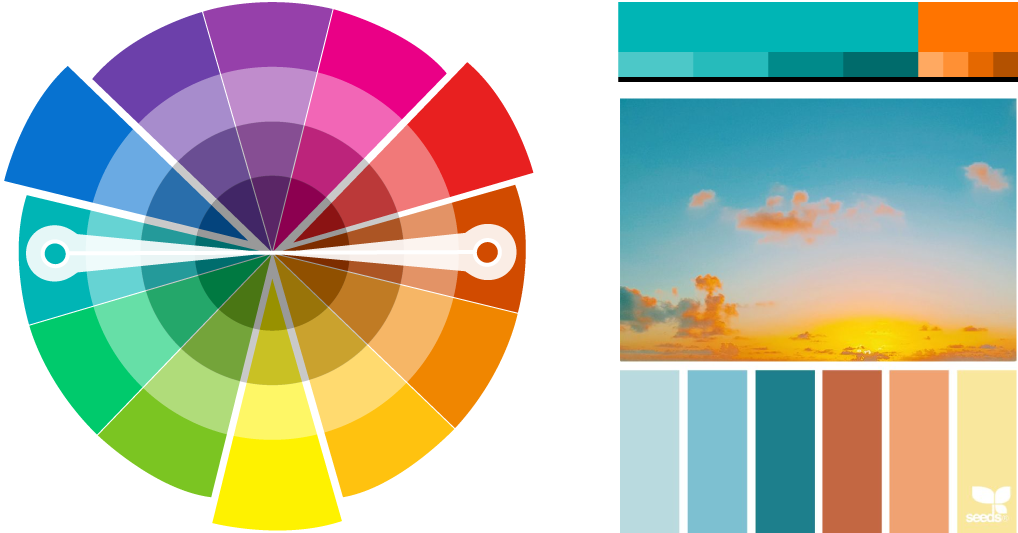




















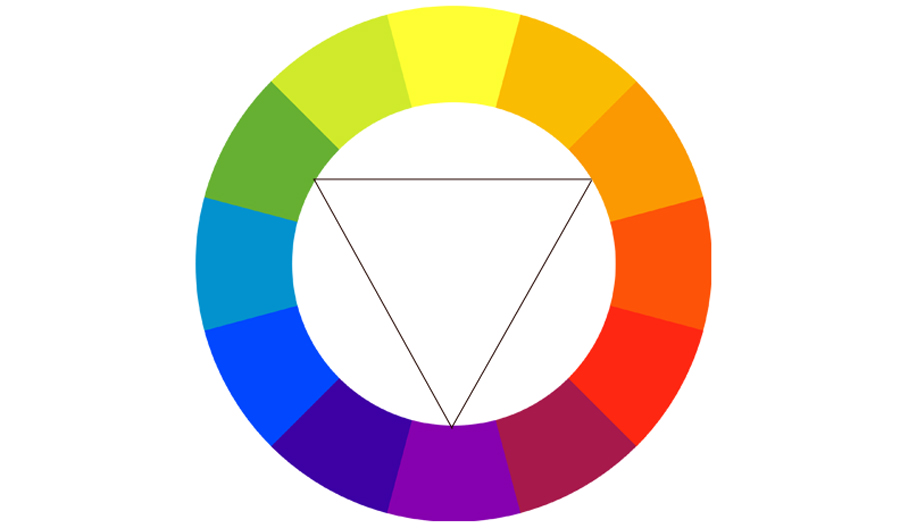






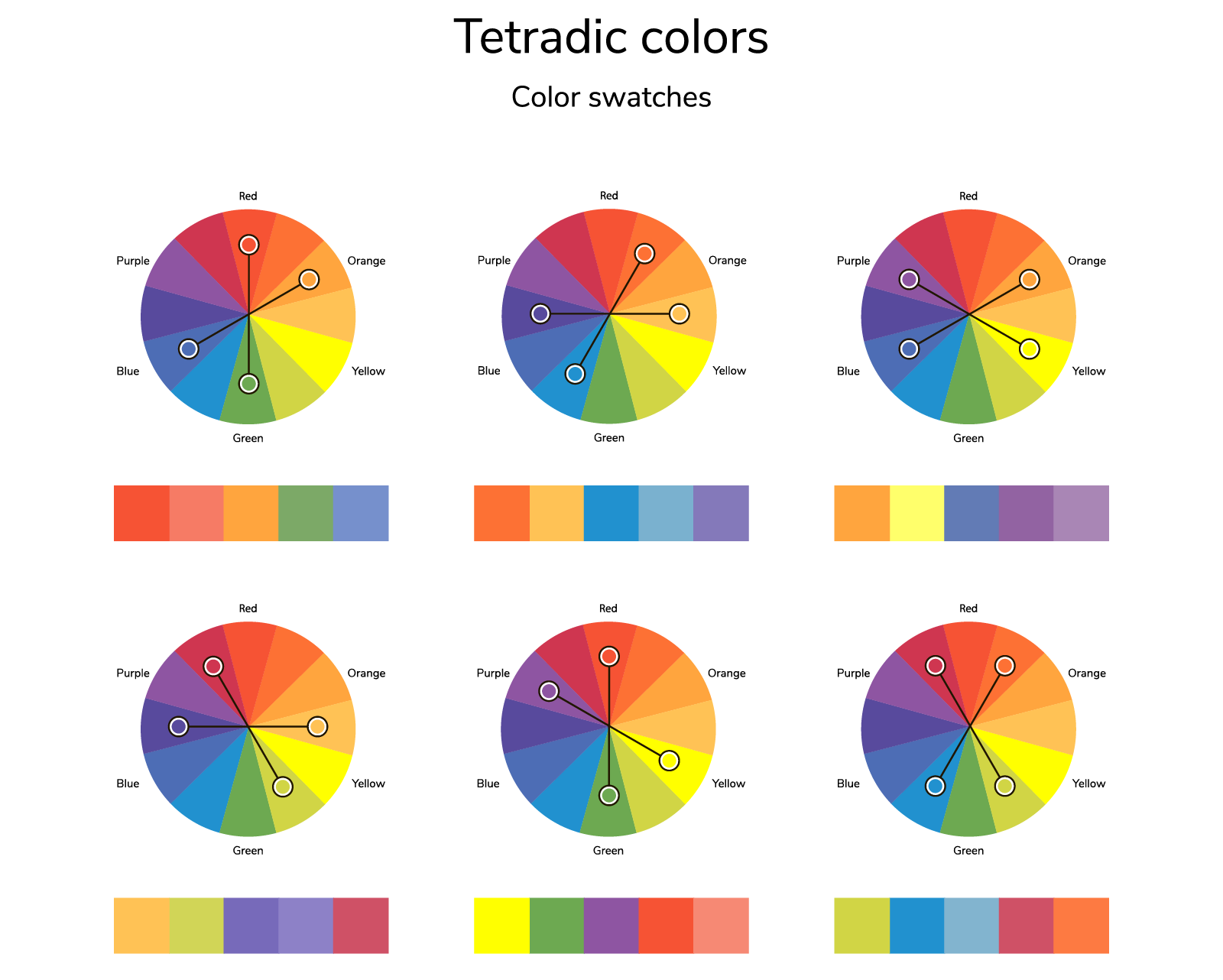
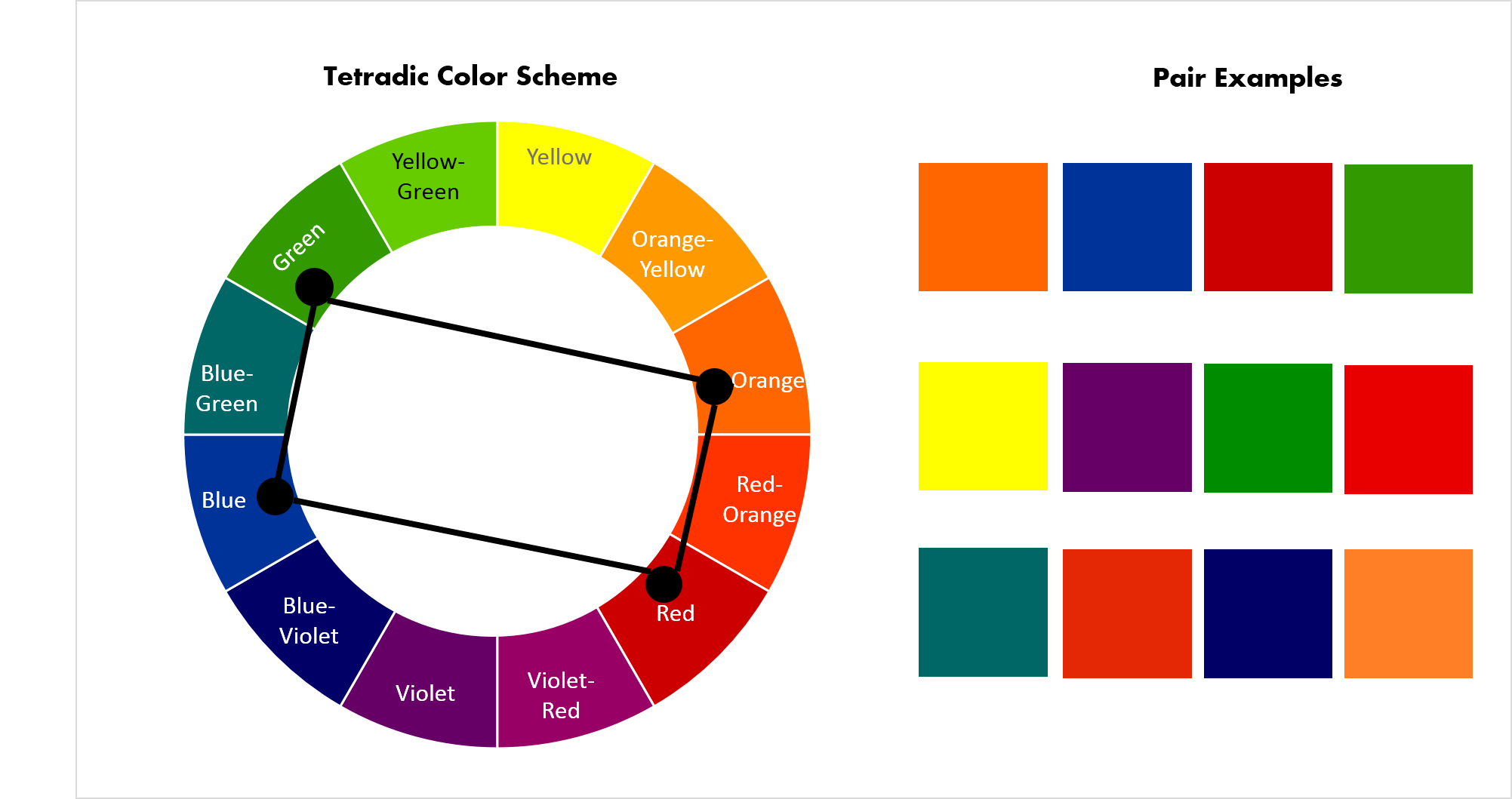








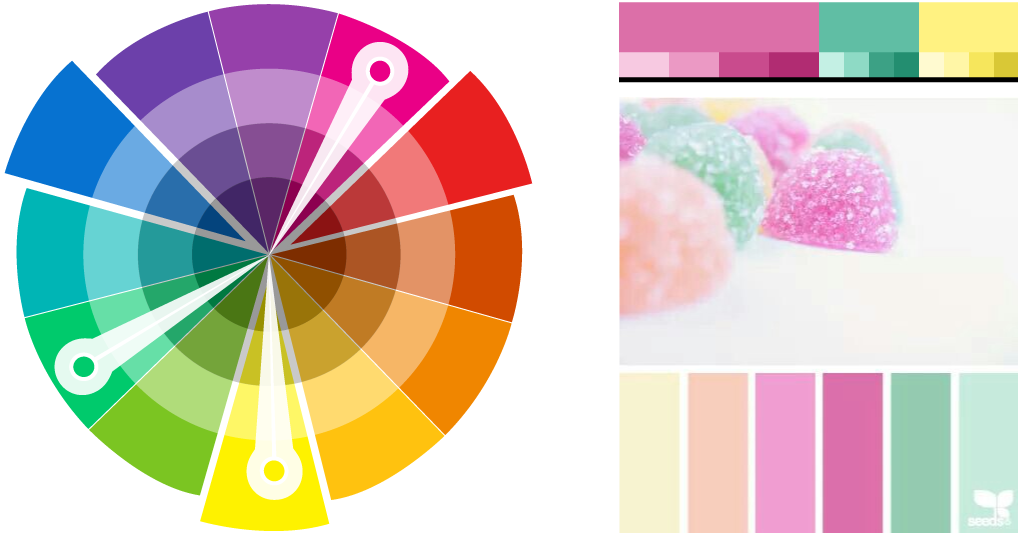


:max_bytes(150000):strip_icc()/how-to-install-a-sink-drain-2718789-hero-24e898006ed94c9593a2a268b57989a3.jpg)




